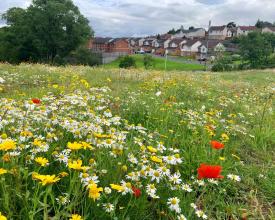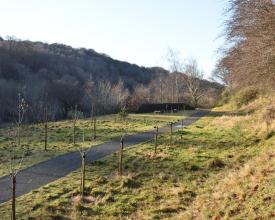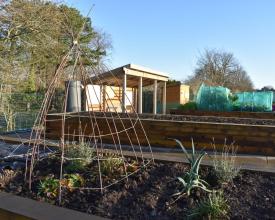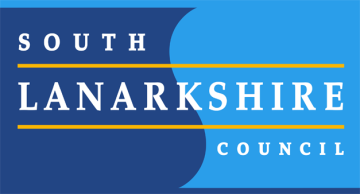
Fernbrae Meadows : D'un terrain de golf abandonné à un espace vert communautaire dynamique
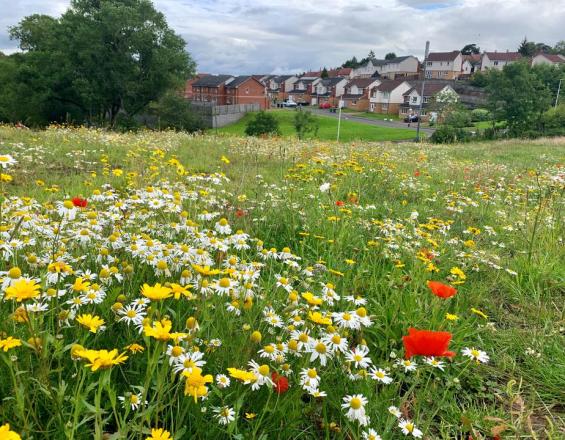
Ce projet innovant, le premier du genre en Écosse et mené par le conseil du South Lanarkshire, a réimaginé un terrain de golf désaffecté selon le principe "améliorer ce que la nature ferait", tout en intégrant soigneusement les besoins de la communauté dans le processus de planification. L'ancien terrain de golf était très inaccessible à la communauté locale et constituait une barrière entre celle-ci et la campagne locale plus large du Cathkin Country Park. Lorsqu'il a fermé ses portes en 2015, il est devenu un pôle d'attraction pour le vandalisme et les comportements antisociaux. Afin d'améliorer les résultats sanitaires locaux et de réduire les comportements antisociaux dans le parc, les besoins de la communauté et le désir de soutenir une activité saine pour tous ont été placés au centre de la conception de l'espace vert. Cela n'a été possible qu'avec le soutien de la communauté locale et le projet a donc été conçu de manière à inclure autant que possible les réactions avant, pendant et après le processus de conception.
Impacts
Le parc a été conçu pour répondre à certains des défis locaux rencontrés par la communauté, qui se trouve dans une région où les scores SIMD sont parmi les plus bas du pays. Un exercice de planification communautaire complet a été réalisé avant le début du projet. Cela a permis un échange significatif d'idées qui ont pu être incorporées dans les plans avant la finalisation de la conception.
Des sentiers, des promenades et des pistes cyclables de difficulté variable mènent à des points de vue, des aires de repos, des salles de classe en plein air, des espaces de jeu et des éléments d'interprétation. Le réaménagement du parc a permis à des groupes scolaires, à des groupes d'exercice et à la communauté en général de s'engager activement dans l'espace pour la première fois.
La conception a également fait appel à des systèmes de drainage durables (SuDS), notamment la déconcentration et la gestion naturelle des inondations. La biodiversité a été renforcée par la création de prairies de fleurs sauvages, de zones humides et de zones boisées et de haies composées à 100 % d'espèces indigènes. Un jardin familial et un verger communautaire ont également été créés.
Le parc compte environ 370 visites par jour, 50 jardins familiaux entièrement loués, 13 groupes scolaires utilisant l'espace, des ramassages hebdomadaires de détritus, des groupes de marcheurs et bien plus encore.
La crise du COVID-19 a entraîné une augmentation du nombre de personnes utilisant l'espace vert. Le parc a servi d'espace critique pour le bien-être mental et physique de la communauté pendant cette période difficile.
Contactez Elana Bader pour plus d'informations
